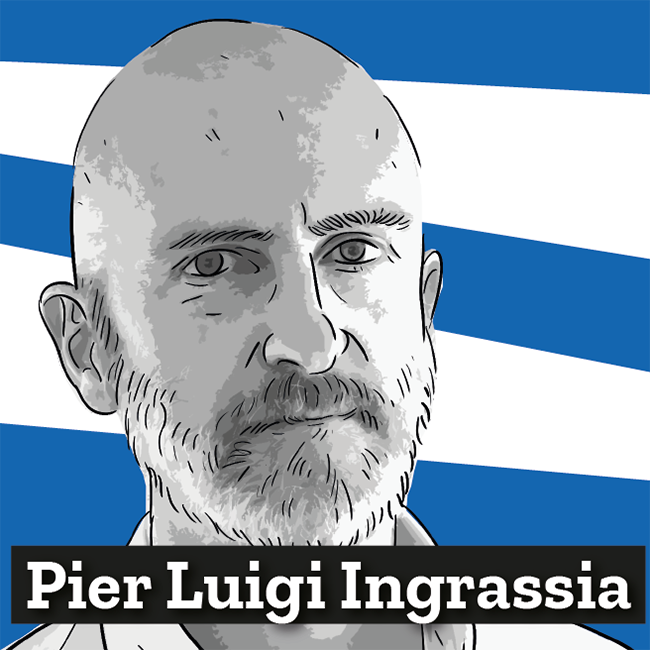Our Editor-in-chief Pier Luigi Ingrassia presents the new SIMZINE issue.
Learning amazing new things about simulation is a delight. And sharing that knowledge with others is even better. As always we bring you a mix of articles where we present practical solutions, share tips from other fellows, let you know more about people at the forefront of making simulation work for patient safety, and describe simulators through the voice of their own inventors or those who have tried them.
One of the greatest global health threats of the 21st century is climate change. And we felt a moral obligation to raise awareness toward a more sustainable simulation. That is why we wanted to dedicate our SIM Debate to sustainability to mitigate ecological harm. And we found that many scientific societies are doing the same. We met Colette Laws-Chapman, President of ASPiH who even chose sustainable simulation as the theme of the annual congress. And to both the theme and the congress we wanted to dedicate our cover page.
This issue includes a conversation with Victoria Brazil, from Australia, one of the most inspiring voices in simulation, who talks with us about her relationship with tech devices and social media, her vision of simulation future, and her love for experiential learning. We also met Tamara Andrea Bustamante Gómez from Chile, who tells us what it means to be an actress in clinical simulation. And we wanted to know what simulation means for the new generation of healthcare professionals through the words of a medical student, Busranur Berrak from Turkey.
We present an overview of the Healthcare Simulation Standards of Best PracticeTM of the International Nursing Association for Clinical Simulation and Learning (INACSL) which provide the guidelines to make simulation-based learning experiences consistent around the globe.
Continuing our effort to share advice by experienced colleagues from around the globe, take a look at the key tips for building a strong educational institution provided by Youness Zidoun from the United Arab Emirates. And we are also proud to share an innovative proposal to help educators choose the device best suited to their teaching needs: a practical score which matches simulators to training programs based on trainable elementary skills. How to relieve instructors of constant monitoring and allow them to engage more with learners? Stefan Mönk emphasized the role of physiological modeling in this regard.
Spanish pathologist Eduardo Alcaraz Mateos described his invention, a fine needle aspiration simulator that celebrates its tenth anniversary this year. And continue our insights into the metaverse by bringing you some examples of how the increasingly promising technology is being used in different areas of training in health care. Today we present a virtual cadaver in a virtual anatomical dissection room where students can learn about human anatomy through dissection.
In just a few months, the artificial intelligence (AI) program ChatGPT has become extremely popular. Many concerns, however, are about how ChatGPT will change the news industry, including scientific publishing. Can an AI program become an author? In a recent study, abstracts created by ChatGPT were submitted to academic reviewers, who detected only 63% of these fakes. And would you be able to recognize an article written by AI and one written by a human? Give it a try by giving your opinion on the article What is a simulationist?
I hope you’ll enjoy the magazine as much as we’ve enjoyed creating it for all the simulation community. And don’t forget to check out our shop.
PLI
READ ALSO































